Introduction
Understanding SWOT Analysis: A Comprehensive Guide to Identifying and Addressing Organizational Weaknesses
Utilizing SWOT analysis, a powerful strategic planning tool, is vital for pinpointing the internal and external elements that influence a company's performance. By identifying strengths, weaknesses, opportunities, and threats, businesses can gain a comprehensive understanding of their market position and the factors affecting their operations. This article explores the importance of performing regular SWOT analyses and how they enable businesses to recalibrate their strategies, leverage their unique strengths, and mitigate vulnerabilities.
We will delve into the practical strategies for addressing weaknesses, identifying root causes, and developing actionable plans for improvement. Additionally, we will discuss the significance of consulting with stakeholders, monitoring customer feedback, matching your business against the competition, and implementing and monitoring improvement strategies. By following these practical steps, organizations can transform weaknesses into strengths, positioning themselves for sustained success and resilience in a competitive market.
Understanding SWOT Analysis
Utilizing SWOT analysis, a powerful strategic planning tool, is vital for pinpointing the internal and external elements that influence a company's performance. By identifying strengths, weaknesses, opportunities, and threats, businesses can gain a comprehensive understanding of their market position and the factors affecting their operations. A thorough SWOT analysis not only highlights an organization's strengths—those competencies and resources that give it a competitive edge—but also uncovers weaknesses that require attention and management.
Performing regular SWOT analyses enables businesses to recalibrate their strategies, ensuring they leverage their unique strengths while mitigating vulnerabilities. This approach is particularly effective when considering a company's value drivers—key quantitative and qualitative aspects that directly affect its value and performance. From revenue growth and cost management to customer satisfaction and brand reputation, these drivers are pivotal in shaping a company's strategic direction, operational efficiency, and financial outcomes.
In practice, SWOT analyses have been instrumental in guiding companies through strategic planning and decision-making processes. By engaging stakeholders in this analysis, organizations can gather targeted data, leading to actionable insights. Moreover, updated SWOT assessments furnish businesses with the agility to respond to changing market conditions, maintaining a competitive posture. Through the SWOT framework, companies can craft strategies that capitalize on their strengths and navigate their business environment with greater efficacy.
Internal Factors: Identifying Company Weaknesses
Evaluating internal functions such as operations, finance, human resources, marketing, and technology is crucial for pinpointing company weaknesses. A comprehensive look into these areas, much like the approach Nets took when they reimagined the presentation of their technical data, reveals specific areas needing improvement. By transforming complex tables and schemes into more engaging, user-friendly formats, Nets could engage their clients more effectively and address underlying issues.
- For instance, anomalies like unexplained changes in financial performance could indicate a disruptive revenue model on the horizon, making it essential to look beyond conventional indicators.
- Understanding strategy as a response to future challenges involves anticipation, premeditation, and the design of coordinated actions. This approach helps clarify the current situation and the organization's main challenges, laying the groundwork for a robust strategy that accounts for potential risks.
Supporting this approach, a SWOT analysis can be a powerful tool in an organization's strategic planning, allowing for a thorough assessment of strengths, weaknesses, opportunities, and threats. It's a framework that encourages businesses to leverage their unique strengths and address weaknesses head-on.
Moreover, staying attuned to industry trends, as evidenced by the focus on AI in the Nordics/Baltics by J12 Ventures, can inform a more forward-looking strategy that capitalizes on emerging opportunities. Keeping an eye on high turnover rates, like the tech industry's significant 13.2% rate, can also highlight potential weaknesses in employee retention strategies, prompting a reassessment of workplace culture and stability.
Ultimately, by adopting a structured and analytical approach to internal assessment, organizations can create strategies that not only address current weaknesses but also prepare for future shifts in the market.
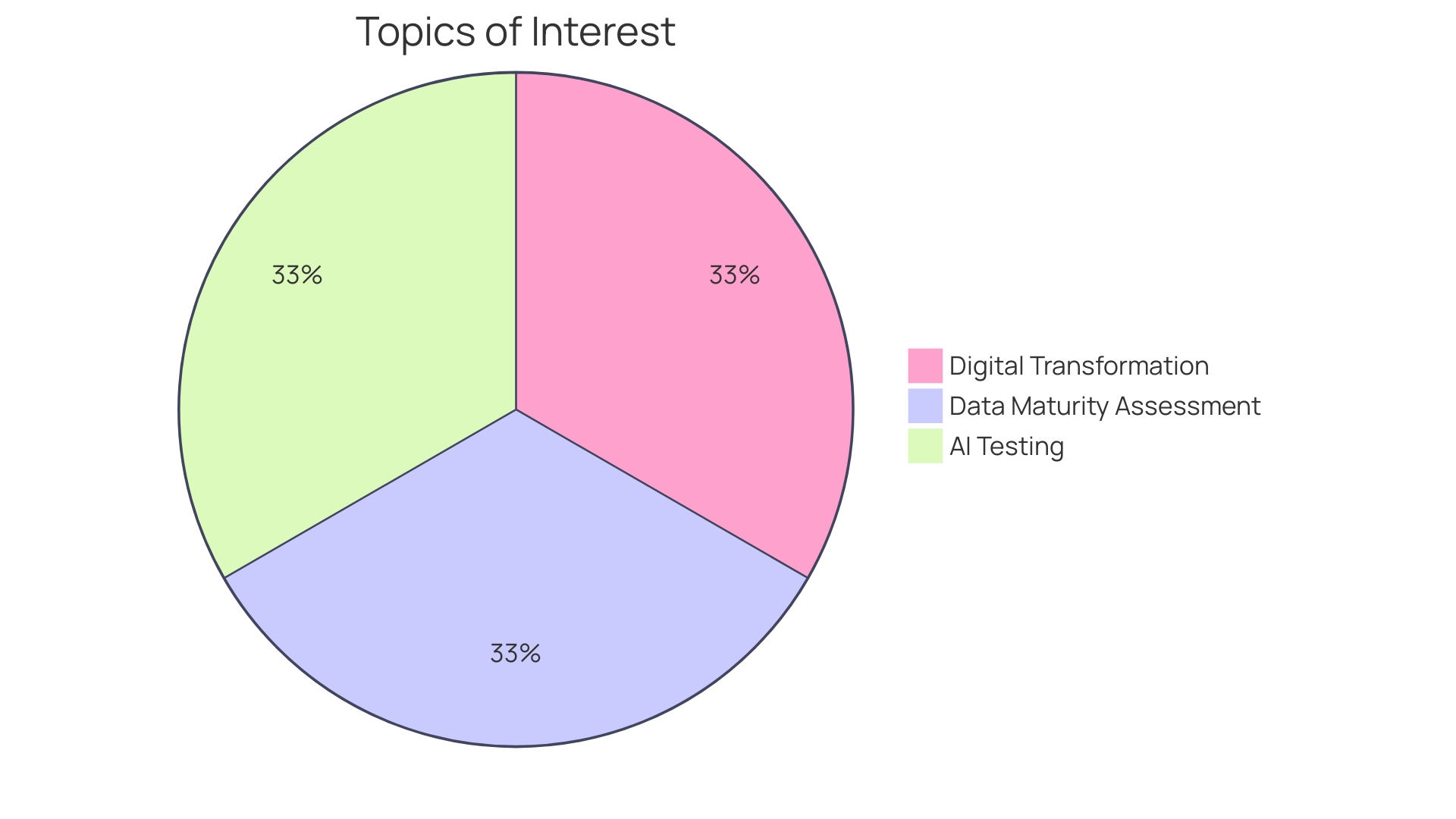
Common Types of Company Weaknesses
Within the business landscape, organizations are often confronted with inherent weaknesses that could impede their growth and efficiency. Issues such as suboptimal financial management, stagnation in innovation, and ineffectual leadership often surface as significant hindrances. Moreover, companies may grapple with insufficient infrastructure, diminished employee morale, and processes that lack efficiency, all of which demand prompt and precise identification followed by strategic intervention.
The journey towards remediation begins with recognizing these pervasive challenges. A case in point is Latro Kimya, a Turkish self-managed enterprise renowned for its culture of innovation and lack of hierarchical barriers. Their approach illustrates the importance of fostering a work environment that prizes autonomy, learning, and responsibility—key factors in driving organizational progress and employee satisfaction.
In contrast, Non-stop dogwear, a Norwegian company specializing in dog equipment, faced vulnerabilities due to insecure credential sharing within their rapidly expanding infrastructure. Their scenario underscores the necessity for robust security measures that scale with company growth, ensuring that operational efficiency is maintained even during periods of rapid expansion.
Similarly, Delivery Hero's IT team tackled the issue of account lockouts affecting their global workforce of over 53,000. By streamlining the recovery process, they not only enhanced productivity but also demonstrated the impact of efficient processes on a massive scale.
To navigate such challenges, businesses must leverage strategic assets, including intellectual property, data, strong brand identity, and strategic partnerships. These assets are integral to the sustainment and success of a business, as they underpin innovation and competitive advantage in an ever-evolving market landscape.
Furthermore, the role of key personnel cannot be overstated. Individuals at every organization level can significantly influence a company's value proposition. It's vital to recognize and value these key contributors effectively to mitigate the risk associated with potential loss and to ensure the continuity of business excellence.
In summary, identifying and addressing organizational weaknesses is a complex yet critical task that requires a multifaceted approach, drawing on innovation, strategic assets, and the valorization of key personnel. The ultimate goal is to transform these weaknesses into strengths, thereby positioning the company for sustained success and resilience in a competitive market.
Strategies for Addressing Weaknesses
Addressing business weaknesses often requires a multifaceted approach. Here are some strategies to fortify your company:
-
Developing a clear action plan: A well-defined action plan should outline the specific steps you will take to improve each identified weakness. This approach aligns with corporate governance principles, emphasizing the design and oversight of procedures that advance an organization's objectives.
-
Investing in employee training and development: Recent statistics highlight the importance of immediately applying new skills to retain information. As such, invest in training programs that allow for immediate application to ensure the development of competencies that can transform weaknesses into strengths.
-
Streamlining processes: Inefficiencies can hinder performance, so it's crucial to continuously refine processes. Draw inspiration from the guiding principles of looking for weak signals and anomalies. This could involve reevaluating emerging markets or changing financial performances that deviate from the norm, potentially indicating a need for process innovation.
-
Implementing new technologies: Leverage technology to address weaknesses, much like how Levi Strauss adopted water use targets to address sustainability concerns. New technologies can offer solutions that not only address current issues but also prepare your company for future challenges.
-
Enhancing communication and collaboration: A culture of open communication and teamwork is fundamental. It helps in addressing weaknesses as it fosters an environment where insights and solutions can be freely exchanged. This is congruent with Peter Drucker's insight that an organization can only perform from strength, which is cultivated through solid strategy and execution, as well as collaborative effort.
By applying these strategies with a clear vision and consistent monitoring, your company can significantly improve areas of weakness, turning them into opportunities for growth and innovation.
Identifying Root Causes of Weaknesses
Root Cause Analysis (RCA) is an indispensable method for pinpointing the underlying reasons behind the weak spots in a business. It's a systematic process that not only addresses the immediate issues but delves deeper to find the source of the problem. For instance, when a leading e-commerce site sees a drop in shopping cart conversion rates, the approach involves scrutinizing various factors. This could entail examining changes in customer behavior, the website's usability, or technical glitches. After identifying the root cause, strategic measures can be devised to mitigate the issue.
Consider the four guiding principles when searching for weak signals and anomalies. These unexpected events or outcomes, such as inexplicable shifts in financial performance, may indicate the emergence of disruptive business models or innovative revenue streams. To illustrate, a sudden change in financial performance that isn't directly linked to normal operations could signal the need for a strategic review of the business model.
Moreover, strategic assets are central to a company's breakthrough in business building. Among these assets, intellectual property, proprietary data, robust sales networks, brand strength, healthy cash flow, a culture of innovation, strategic partnerships, and technology are the keystones to success. These assets form the foundation upon which sustainable growth and long-term resilience are built.
A practical approach to engineering strategy involves an honest diagnosis of the situation. For example, pinpointing issues like high work-in-progress impeding task completion can lead to policies that optimize resource allocation and enhance productivity. It's essential to understand your customers and competitors comprehensively, as this clarity will guide your strategic decisions and ensure you're addressing the right challenges.
Statistically, a structured process for assessing change opportunities is crucial. This includes listening to your team and customers, which supports the successful execution of business adjustments. Mergers and acquisitions, for example, may not always yield the anticipated value without a methodical approach to planning and implementation.
In preparing for potential disasters, it's wise to identify and prioritize risks, develop response plans, and regularly update these plans. This proactive stance enables businesses to be resilient in the face of unforeseen challenges. The internal structure and operations of a business significantly influence success, underscoring the importance of a solid foundation to manage risks effectively.
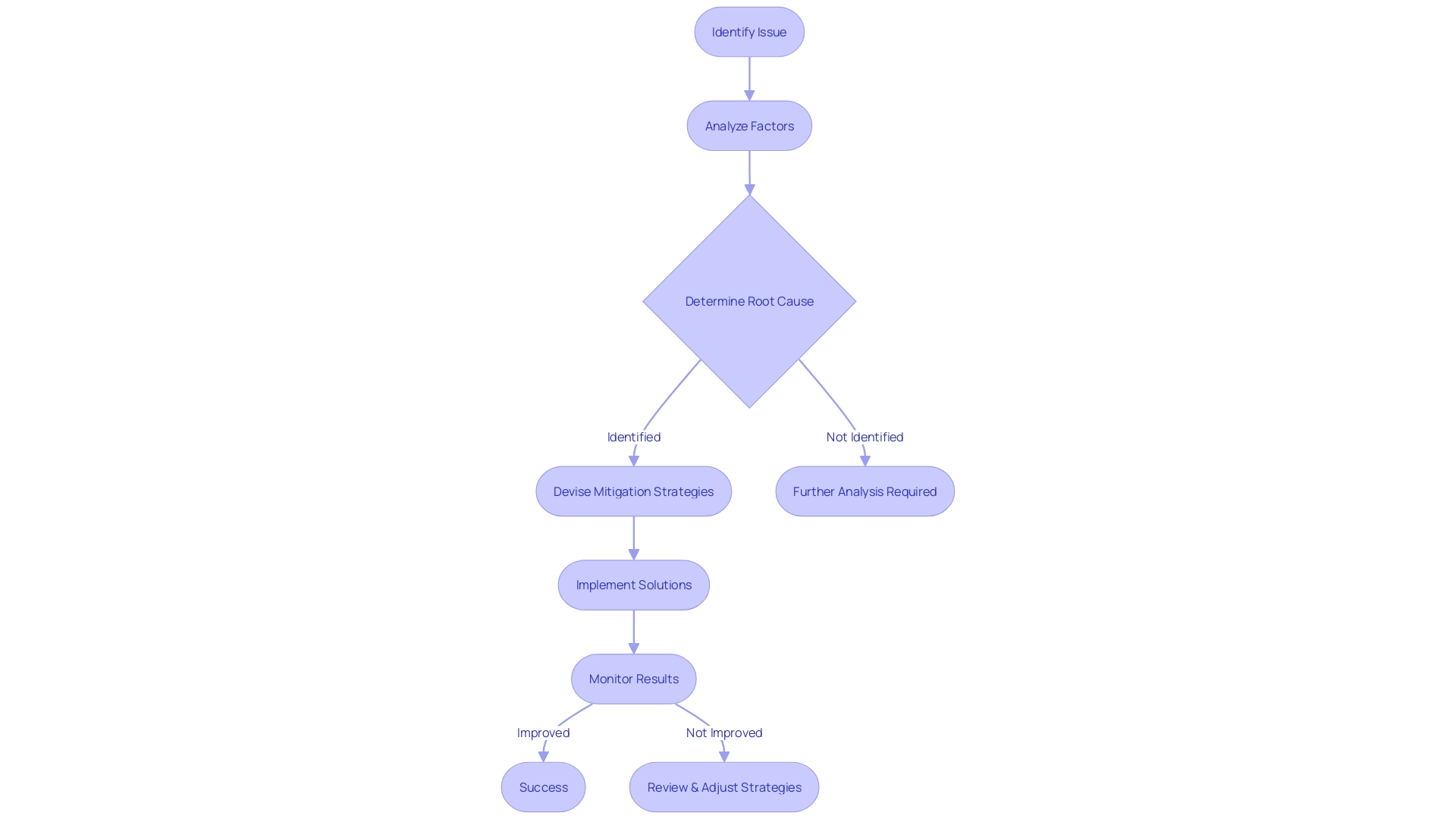
Developing Actionable Plans for Improvement
To transform weaknesses into strengths, it is essential to craft strategic plans that are not only actionable but also measurable and time-bound. For instance, if water usage is a significant challenge, a company like Levi Strauss might set targeted water use reduction goals based on local water stress levels. They would then determine their baseline water consumption, outline the necessary steps to achieve these goals, and establish interim milestones to track progress. It's imperative to consider the resources required—be it human, technological, or financial—and the internal reporting structures that will support the initiative. In the realm of healthcare, drawing on the concept of learning health systems can serve as a guide. These systems leverage continuous data collection and analysis to drive improvement, aligning scientific knowledge, informatics, and organizational culture towards innovation. This approach has shown promise, despite the challenges of implementation and skepticism around the return on investment. Moreover, in addressing organizational challenges, it's crucial to avoid the pitfall of 'kicking the can'—postponing necessary decisions—which often results in the accumulation of issues such as technical debt. Instead, organizations are encouraged to be proactive, transparent, and committed to positive change, keeping stakeholders informed and involved throughout the process. By adhering to these principles, the path to turning weaknesses into operational strengths becomes much clearer and attainable.
Examples of Addressing Weaknesses
Understanding an organization's weaknesses is crucial for strategic improvement. For instance, when Non-stop dogwear, a retail company from Norway, realized the security risks of shared employee credentials as they scaled up, they took decisive action. They implemented secure systems facilitating collaboration among their growing workforce, propelling their global reach across 27 countries. Similarly, Pacific Steel reevaluated their healthcare costs and discovered they were paying above Medicare rates for services. By adopting reference-based pricing and working with a transparent administrator, they were able to better manage healthcare expenses for their 900 employees.
On the innovation front, Spotify has become a powerhouse by continuously evolving their audio streaming service. They now offer a vast library of video podcasts, capitalizing on their user engagement insights to meet the needs of over 574 million users. This success stems from a strategic focus on content creation and industry partnerships, which other companies can emulate to bolster their innovation efforts.
To preemptively address potential system failures, MIT engineers developed a method to identify and mitigate a range of failures in autonomous systems like power grids and robotic manipulators. By integrating such automated sampling algorithms, organizations can enhance the resilience of their critical systems before deployment. Furthermore, with cyberattacks on the rise, companies are recognizing the need for cybersecurity expertise. However, 80% admit that a shortage of skilled personnel makes it challenging to keep pace with the threat landscape, indicating a pressing need for investment in security measures and AI technologies.
Taking cues from these cases, companies can learn to align their strategies with problem-solving and leverage their unique advantages to drive growth. Whether it's enhancing security, fostering innovation, or preemptively addressing system vulnerabilities, these examples serve as valuable lessons for any organization seeking to overcome weaknesses and capitalize on strengths.
Consulting with Stakeholders and Monitoring Customer Feedback
Enhancing business strategy through stakeholder engagement and customer input is essential. Utilize surveys and questionnaires to collect structured feedback. Design these tools with a semantic differential scale to target specific attributes of your offerings. Clarity, brevity, and relevance in your questions are key to gaining actionable insights. Embrace online survey platforms and email campaigns to expand reach, and employ incentives to boost response rates. Moreover, tap into social media listening to mine the wealth of customer opinions on platforms like Twitter, Discord, and Telegram.
Reflecting on real-world applications, consider the case of Decatur, a cybersecurity firm. Originally, their documentation process, handled by the Support Team, was ad hoc, leading to inefficiencies such as overnight work to meet release schedules. By appointing a dedicated documentation owner, they aimed to streamline this process, reduce the burden on the Support Team, and manage multi-language documentation more effectively.
Staying abreast of the latest developments, the Data Futures Forum's summit promises to delve into AI's potential risks and benefits, focusing on public safety and how AI can contribute positively to society.
Adopt a proactive approach in assessing and addressing supply chain risks. Drawing inspiration from Levi Strauss, set targeted water usage goals in manufacturing, considering local environmental stressors, to enhance sustainability. Establish clear objectives and milestones towards your desired outcomes.
Data from the Business Insights and Conditions Survey reveals that within the last year, 21% of businesses with over 10 employees engaged in exports, while 26% imported goods or services. These businesses experienced varied changes in trade volume, indicating the dynamic nature of international commerce.
Embrace a culture of continuous improvement, as exemplified by the Atlantis Resort in Dubai, where executives daily translate customer inquiries into process enhancements, fostering an agile and responsive business environment.
In conclusion, prioritize data integrity and governance as a foundational element of your strategy. Address common data quality issues such as incompleteness, inaccuracy, and inconsistency to solidify your company's analytical and operational prowess.
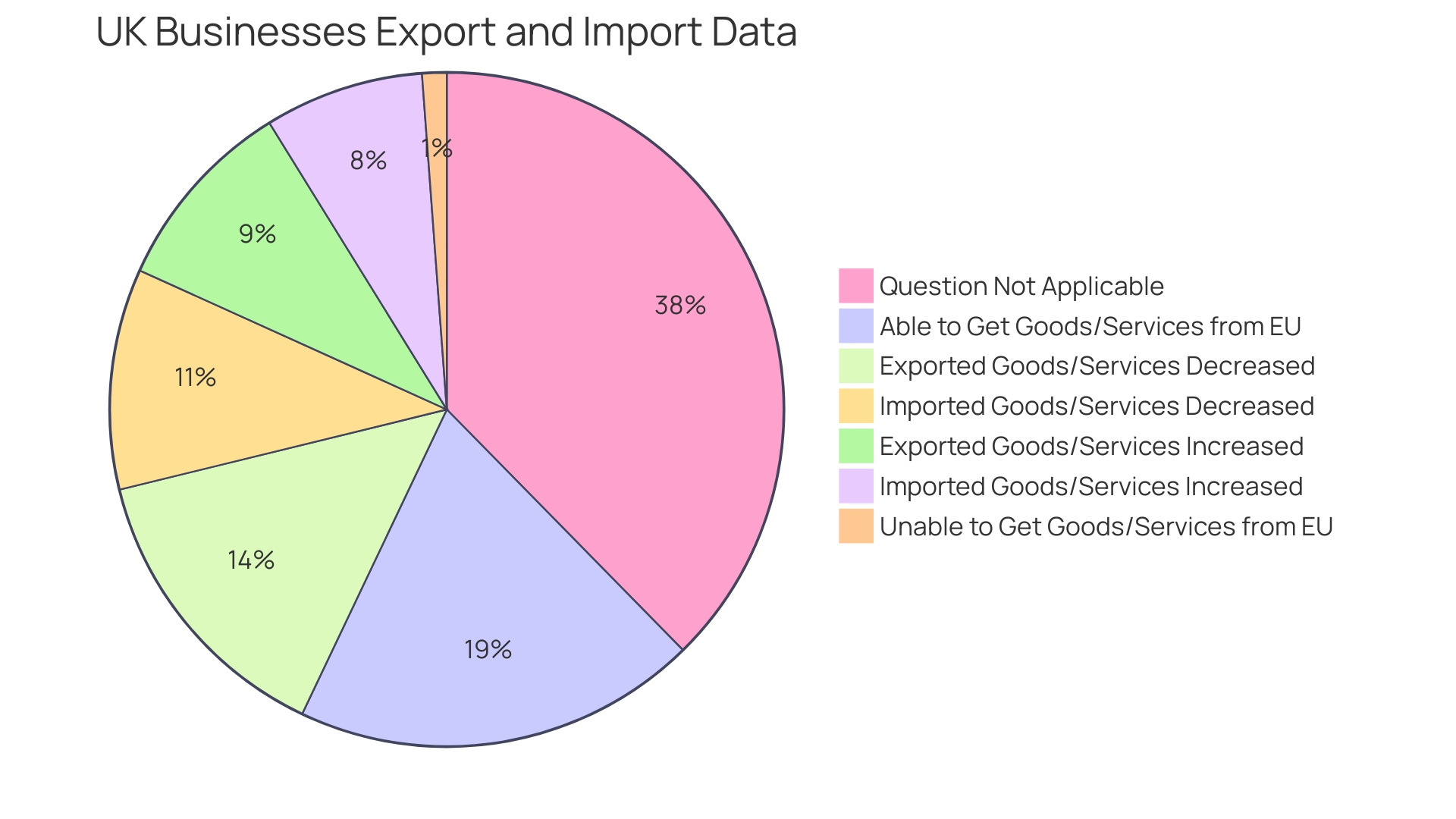
Matching Your Business Against the Competition
Benchmarking against competitors is not just about identifying where you fall short; it's a strategic approach to pinpointing specific business domains that require enhancement. For instance, when companies adopt a product and platform operating model, as outlined in 'Rewired: The McKinsey Guide to Outcompeting in the Age of Digital and AI', they commit to profound organizational changes that affect processes, performance metrics, and talent management. This model enables agility and rapid response, crucial traits in today's fast-paced market.
Additionally, understanding the Industrial Internet of Things (IIoT) and Industry 4.0 is vital. As IoT Analytics defines, Industry 4.0 involves integrating various data sources to boost operational efficiency and KPIs. For manufacturers, this may mean adopting new tech stacks or improving existing use cases to enhance productivity and cost management. In contrast, process industries might focus more on customer satisfaction and revenue growth through user interaction.
Moreover, market research is indispensable for grasping consumer needs and market potential. By analyzing demographic data and probing key questions about demand and market size, businesses can uncover opportunities and limitations in attracting customers. This helps in developing a robust strategy that's not just reactive to competitors but is proactive in addressing customer desires and market trends.
In the software realm, the adage 'make it work, make it right, then make it fast' emphasizes a phased approach to development, starting with basic functionality before optimizing. Similarly, businesses should prioritize foundational strengths before refining their competitive strategy, ensuring that they're building on solid ground.
To stay ahead, businesses need to be acutely aware of their learning pace and capacity for innovation. Reflecting on growth experiments and the rate of new insights gained about customers and markets can inform strategic adjustments and foster a culture of continuous improvement.
In today's digital era, IT infrastructure investments are significant indicators of business success. As global tech spending reaches trillion-dollar scales, organizations that align their technology competence with their business strategy are better positioned to thrive. A data-and-AI maturity audit can guide companies on whether a data product roadmap is necessary, highlighting the importance of using customer data effectively for competitive advantage.
Embracing these strategies requires a clear vision and a willingness to adapt. As seen in the Nordics and Baltics, where AI-centric startups are thriving, a deep understanding of specific workflows and user behaviors can lead to the development of products that solve real problems and stand out in the market.
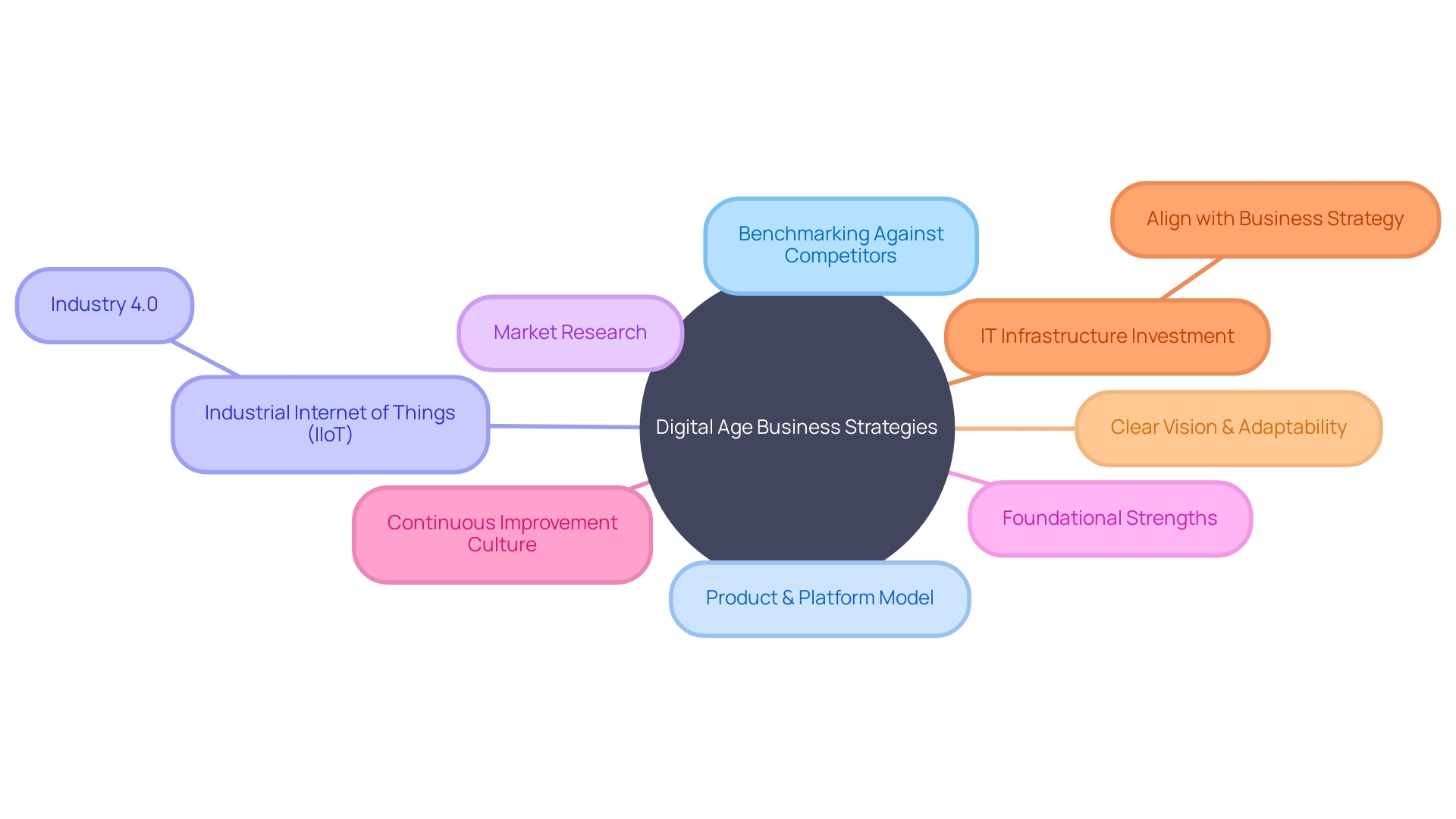
Implementing and Monitoring Improvement Strategies
Refining and implementing strategies for organizational improvement is a dynamic process that hinges on the effective use of key performance indicators (KPIs). These metrics serve as a compass, guiding the adjustments needed to ensure strategies are on target and yielding desired results. An enlightened approach involves iterative cycles, such as the Plan-Do-Study-Act (PDSA) model, enabling small-scale interventions to be tested and adapted, much like healthcare's patient safety practices that apply improvement science for better outcomes.
Applying lessons from various fields, including the learning health system concept, can dramatically enhance the quality of care. This model emphasizes the integration of science, informatics, incentives, and culture to foster continuous innovation, as evident in healthcare where a mere 60% alignment with evidence-based guidelines persists alongside 30% of wasteful practices. By assimilating these principles, organizations can transition from static entities to dynamic learning systems that consistently apply data analysis for intelligent, ongoing improvement.
The role of a quality management system (QMS) is elemental in this evolution. A QMS is not just a static set of procedures; it's the foundation for sustainable excellence, tailored to the unique needs of an organization. It ensures that every aspect of the business operates optimally, fostering customer satisfaction and enhancing brand reputation. By establishing clear policies and procedures, organizations can navigate the complexities of compliance and operational phases, as exemplified by the phase-appropriate quality systems applied within the industry.
Strategy, as defined by Richard Rumelt, requires anticipation, premeditation, and the design of coordinated actions. This approach, coupled with a regular strategic 'heartbeat,' ensures that strategies remain relevant and are consistently applied to decision-making processes. Moreover, having a dashboard to monitor real-time metrics and understanding the status of various systems within the organization are crucial for maintaining agility and responsiveness.
In essence, the continuous refinement of improvement strategies, underpinned by robust KPI tracking, is paramount to driving progress and achieving long-term success. This systematic approach to strategy implementation and evaluation fosters a culture of ongoing learning and adaptation, ensuring that organizations are always moving forward, not just in theory but in actionable reality.
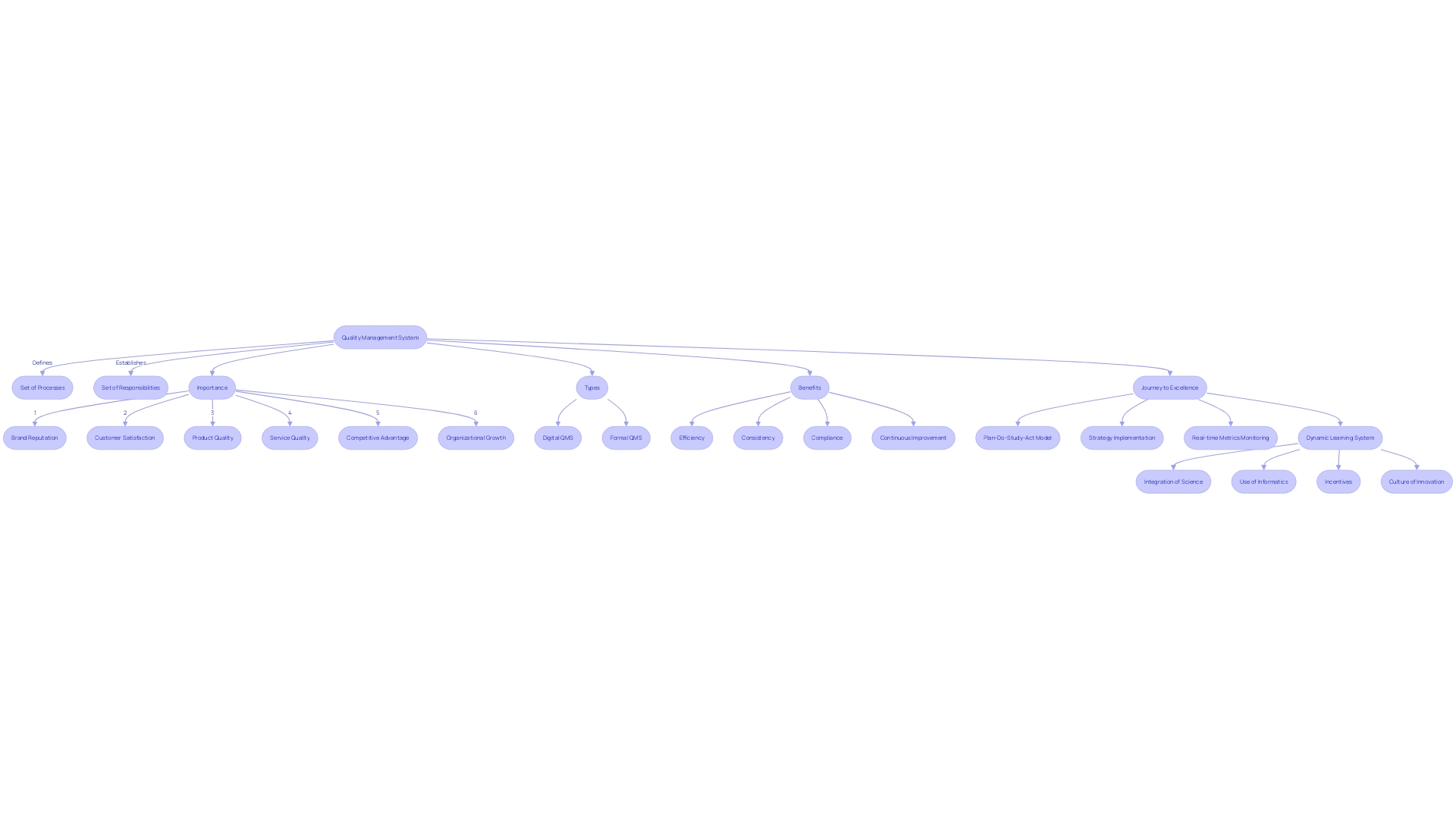
Conclusion
Utilizing SWOT analysis is crucial for businesses to understand their market position, identify weaknesses, and leverage their strengths. By regularly performing SWOT analyses, organizations can recalibrate their strategies and mitigate vulnerabilities, positioning themselves for sustained success in a competitive market.
Addressing weaknesses requires a multifaceted approach. Organizations should develop clear action plans, invest in employee training, streamline processes, implement new technologies, and enhance communication and collaboration. By applying these strategies with a clear vision and consistent monitoring, companies can significantly improve areas of weakness, turning them into opportunities for growth and innovation.
Identifying root causes of weaknesses is essential for effective improvement. Root Cause Analysis helps organizations pinpoint the underlying reasons behind weaknesses and devise strategic measures to mitigate them. It is crucial to develop actionable plans for improvement that are measurable, time-bound, and consider necessary resources and reporting structures.
Consulting with stakeholders and monitoring customer feedback is vital for enhancing business strategy. By actively engaging with stakeholders, utilizing surveys and social media listening, organizations can gain actionable insights and improve their offerings. Benchmarking against competitors, understanding industry trends, and conducting market research contribute to strategic improvement and addressing customer desires.
Implementing and monitoring improvement strategies require the effective use of key performance indicators (KPIs). Organizations should refine their strategies through iterative cycles, improvement science, and establishing a quality management system (QMS). Regular evaluation and adaptation of strategies foster a culture of ongoing learning and adaptation, driving progress and achieving long-term success.
In conclusion, by performing regular SWOT analyses, addressing weaknesses through practical strategies, and implementing improvement plans, organizations can leverage their strengths, navigate their business environment effectively, and position themselves for sustained success in a competitive market.




